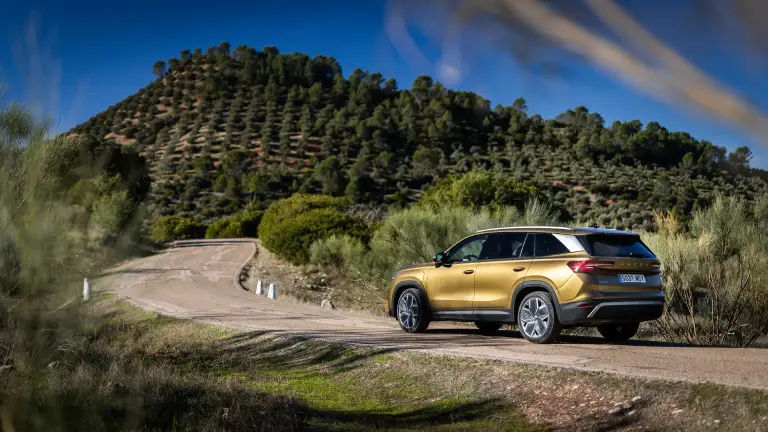Christian Strube, ŠKODA AUTO Board Member for Technical Development, explained, “Our new crash lab allows us to simulate potential accidents even more comprehensively and realistically, thus creating an important technical prerequisite for further improving our cars’ high level of safety in future. What’s more, the facility also meets all of the technical requirements for tests involving electric vehicles. We will continue to gradually increase the capacity for crash tests in years to come. By opening our new crash lab, we are once again taking on a little more responsibility within Volkswagen Group.”
The new crash lab is more than twice the size of the previous test centre. The crash test hall itself is over 180 m long. A separate hall is specially equipped for disarming electric vehicles. Crash test capacity is being increased to meet the demand for these vehicles and will be gradually expanded by ŠKODA AUTO over the coming years.
At the heart of the lab is an electric drive system that accelerates two vehicles with a total weight of up to 3.5 tonnes to a top speed of 65 km/h, or one weighing up to 3.5 tonnes to a top speed of 120 km/h over the entire length of the track. Other testing equipment includes the ultramodern ‘Flying Floor’ test sled, which accelerates the cars attached to it for the all-important side pole-impact test. Another piece of testing equipment is the static rollover simulator. Barriers for offset frontal impact, what is known as the small overlap test, and a barrier vehicle for the rear-impact as well as car-to-car tests compliant with the new Euro NCAP requirements cover all current test scenarios. A load-cell wall measures the forces arising during impact. In the separate hall, ŠKODA AUTO has installed equipment to flood vehicles in the event of unexpected incidents involving damaged batteries following crash tests with electric cars. ŠKODA has also launched a new project to record all data digitally. A lot of test data is already collected on tablets.
Nine adult dummies and four child dummies of various kinds act as the occupants of the test vehicles at the new centre. The dummies are positioned in the cars using an optical device, which uses static photogrammetry to check that they are seated correctly. 20 static and 30 on-board high-speed cameras – all in HD – record the results of the crash tests. For optimum image quality, ŠKODA AUTO makes use of LED lighting systems producing 100,000 lux for all of the test arrangements. In addition to higher-quality recordings, this technology also allows for a power saving of 40 per cent and a high level of thermal stability.













